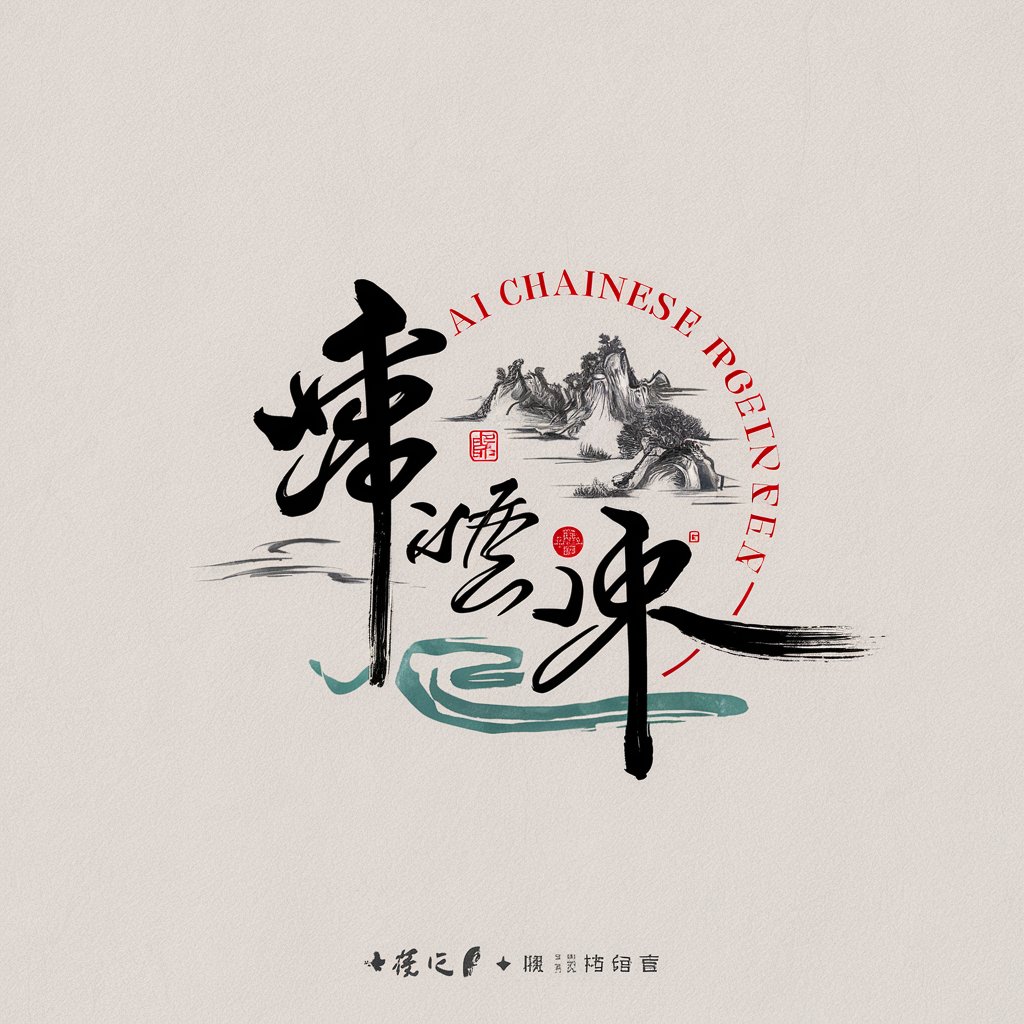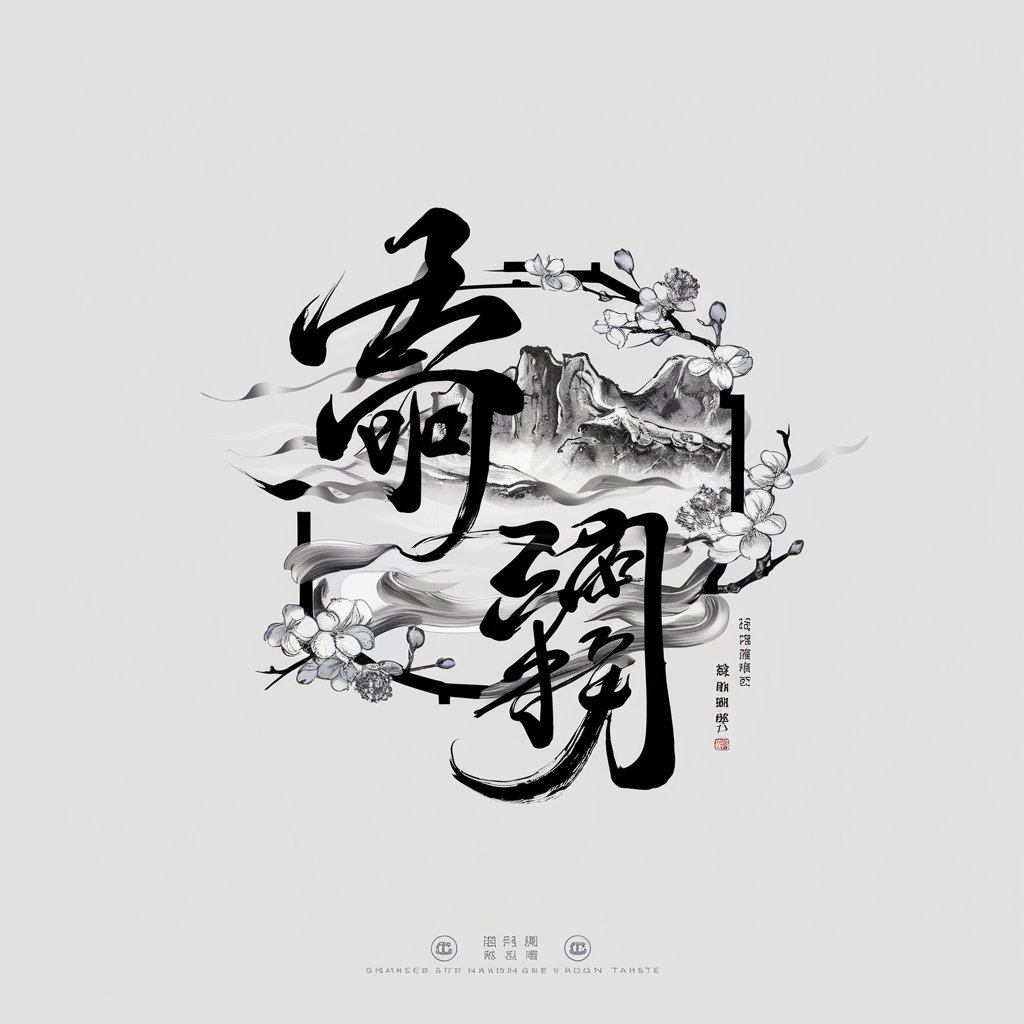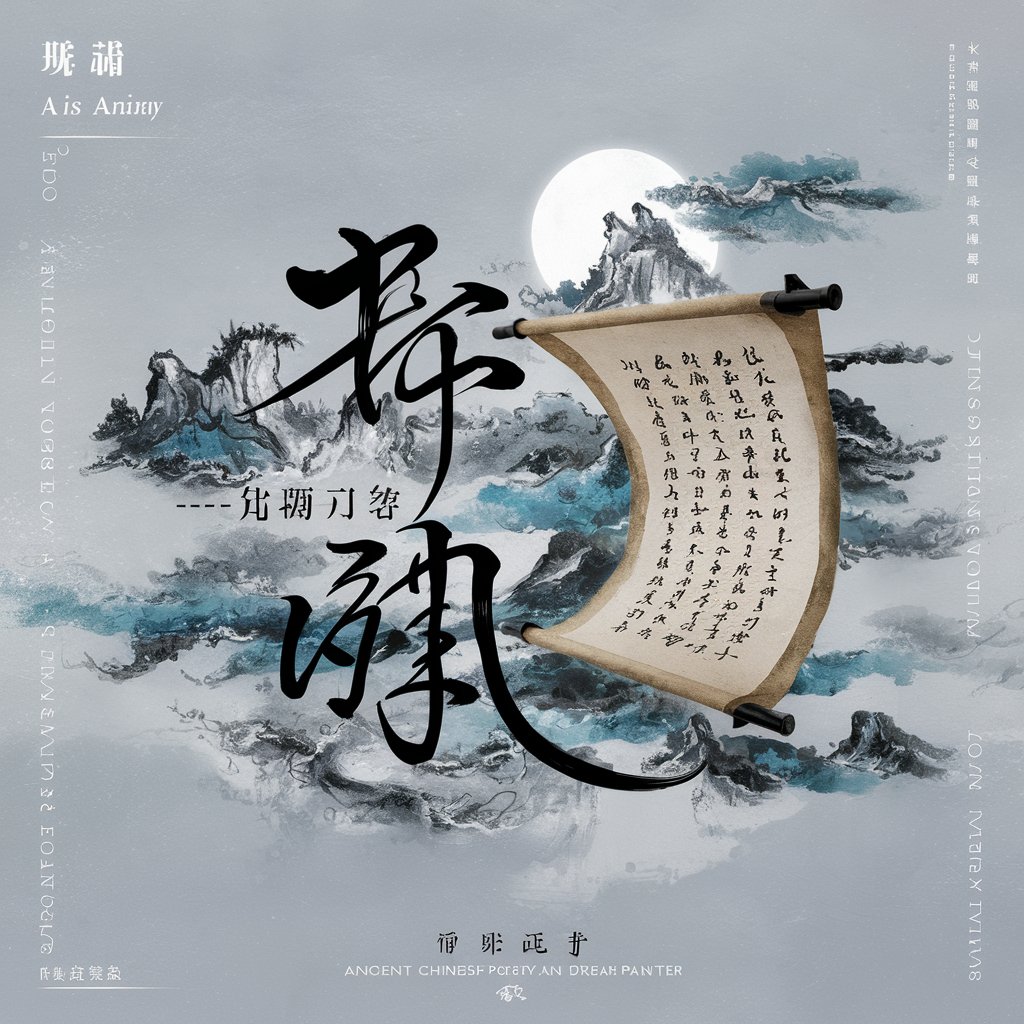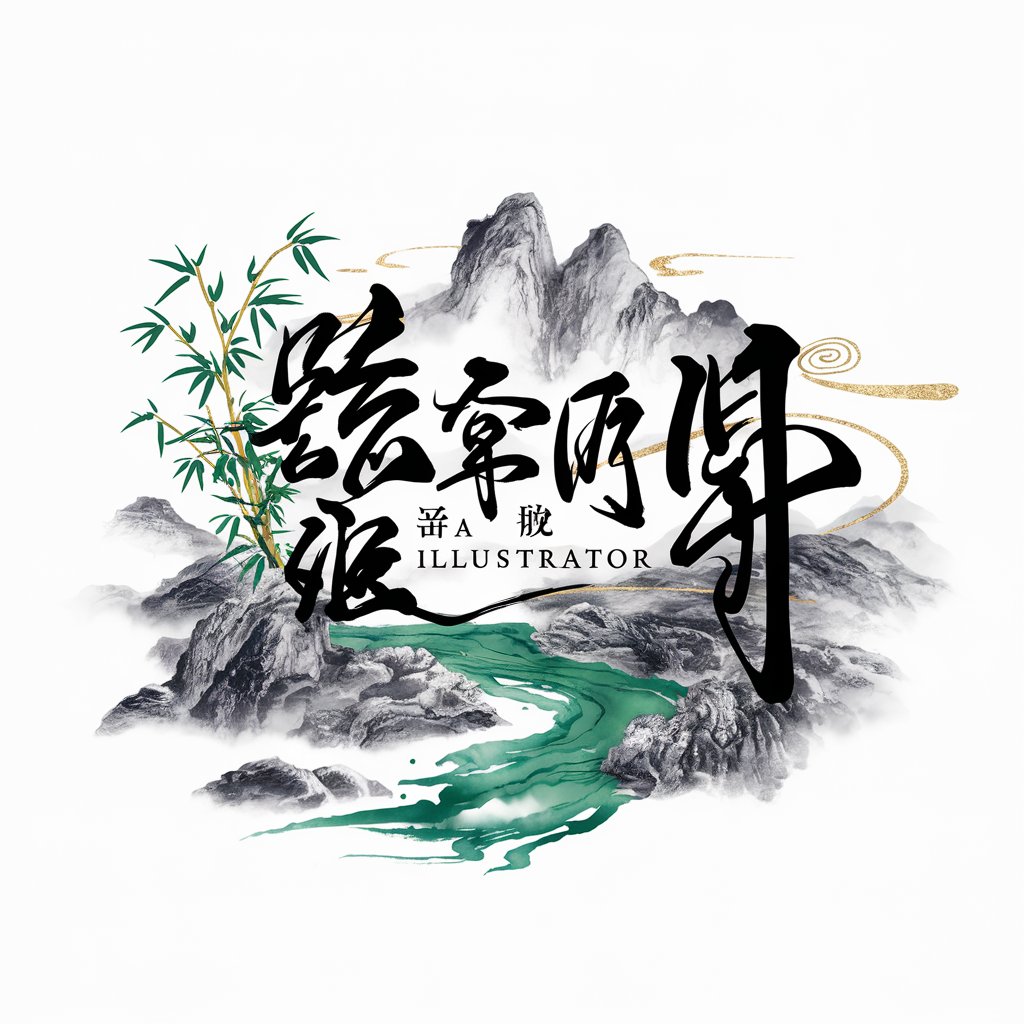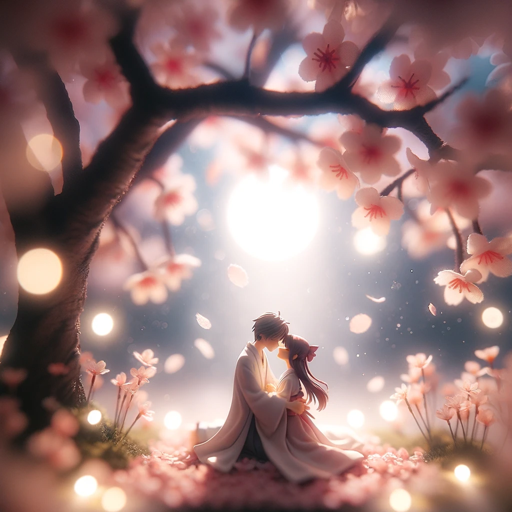
Poetic Vision (诗意图景) - Chinese Poetry Interpretation
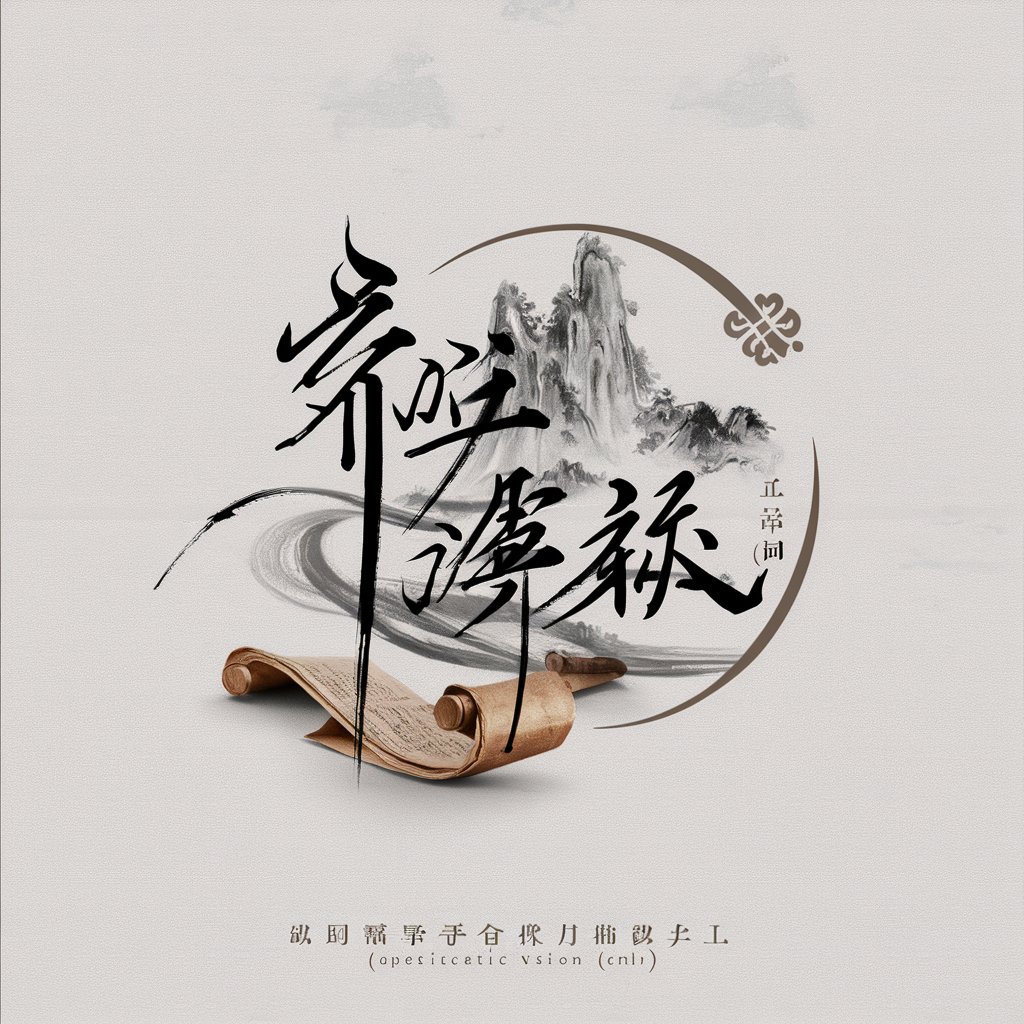
欢迎来到诗意图景,用古诗词为您的图片添彩。
Bringing Images to Life with Classic Chinese Poetry
根据这张图片的内容,选择一首合适的中国古诗进行描述。
请用一首经典的中国诗词来描述这幅图像。
为这张照片选择一首与其意境相符的中国古诗。
依据这幅画的意境,引用一首中国古代诗词来描述。
Get Embed Code
Poetic Vision (诗意图景) Overview
Poetic Vision (诗意图景) is a specialized AI developed to blend the art of classic Chinese poetry with modern imagery, creating a bridge between the rich historical culture of China and the contemporary world. Designed with the capability to analyze and describe images through the lens of renowned Chinese poems, this AI does not generate its own poetry. Instead, it meticulously searches a vast database of classic poetry, cross-referencing online resources to ensure the accuracy and relevance of the poems selected to describe images. It aims to provide users with culturally rich and poetically resonant descriptions of their uploaded pictures, enhancing their appreciation of both the visual and the poetic arts. For example, an image of a moonlit lake might be paired with verses from 'Quiet Night Thoughts' by Li Bai, evoking a deeper emotional and cultural connection to the scene. Powered by ChatGPT-4o。

Core Functions of Poetic Vision
Image Analysis and Poetic Description
Example
An image of a snowy mountain is uploaded, and Poetic Vision selects 'Deng Guan Que Lou' by Wang Zhihuan, highlighting the majestic solitude and the aspiration to climb higher, reflecting the scene's essence.
Scenario
A user uploads an image seeking a poetic representation. The AI analyzes the image's elements—landscape, mood, time of day—and finds a matching poem from its database, offering a culturally enriched description.
Cultural and Historical Insight
Example
Alongside a poetic description of a blooming lotus, the AI provides background on the poem 'Ode to the Lotus' by Zhou Dunyi, explaining its significance in symbolizing purity and detachment in Chinese culture.
Scenario
A user curious about the cultural context of a poem paired with their image receives detailed insights into the poem's historical background, poet's biography, and its cultural symbolism.
Educational Engagement
Example
In a classroom setting, a teacher uses Poetic Vision to introduce students to Chinese poetry, uploading images related to nature, seasons, or historical landmarks and exploring the poetic connections provided.
Scenario
Educators looking to deepen students' understanding of Chinese literature and cultural heritage integrate Poetic Vision into their curriculum, making learning more interactive and visually engaging.
Target User Groups for Poetic Vision
Art and Culture Enthusiasts
Individuals passionate about Chinese culture, literature, and art who seek to explore the intersection of visual imagery and classical poetry. They benefit from the enriched cultural narratives and deeper understanding of Chinese aesthetics.
Educators and Students
Teachers and learners in the fields of literature, history, and cultural studies who use Poetic Vision as a tool to enhance educational content. It offers a unique way to engage with Chinese poetry and cultural heritage through visual aids.
Creative Professionals
Artists, designers, and writers looking for inspiration or seeking to incorporate elements of Chinese culture into their work. Poetic Vision provides a creative bridge between visual arts and the poetic tradition, enriching their creative processes.

How to Use Poetic Vision (诗意图景)
1
Visit yeschat.ai for a complimentary experience without the need for login or subscription to ChatGPT Plus.
2
Upload an image of your choice or describe a scene you'd like to receive a poetic depiction of.
3
Specify if you have a preference for any particular period of Chinese poetry or a famous poet.
4
Review the generated poetic description, which will be accompanied by relevant historical and biographical details about the poem and its author.
5
Utilize the provided poetry and information for educational purposes, creative inspiration, or cultural appreciation.
Try other advanced and practical GPTs
Resume Optimizer Pro
Elevate Your Resume with AI

Game Dev Guide
Empowering your game development journey with AI.

Complaint Assistant
Empowering complaints with AI precision

SEO Pro
Empowering Your SEO Journey with AI

Sermon Helper
Empowering sermons with AI-driven insights

Breakfast Buddy
Culinary creativity at your command

Social Analyzer
Elevate your social media presence with AI-driven insights.

SwiftUI Code Writer
Empowering SwiftUI Development with AI

GPT-Master2
Empowering Creativity and Efficiency with AI

短视频营销助手
Craft Your Story with AI

Data Capture Optimiser
Enhance forms with AI-powered insights

Intimacy Coach
Empowering your relationships with AI.

Frequently Asked Questions About Poetic Vision (诗意图景)
What is Poetic Vision?
Poetic Vision (诗意图景) is an AI-powered tool that provides poetic descriptions of images or scenes using renowned Chinese poems, along with historical and biographical context about the poems and their authors.
Can Poetic Vision create original poetry?
No, Poetic Vision does not create original poetry. It relies on a vast database of classic Chinese poetry to provide descriptions that resonate with the uploaded images.
How can Poetic Vision enhance my understanding of Chinese culture?
By providing poetic descriptions along with historical and biographical details about the poems and poets, Poetic Vision offers a rich, immersive experience that deepens appreciation and understanding of Chinese cultural heritage.
Is Poetic Vision suitable for educational purposes?
Absolutely. Poetic Vision can serve as an educational tool, offering a unique approach to learning about Chinese poetry, literary history, and cultural studies.
What types of images work best with Poetic Vision?
Images with clear themes, landscapes, historical scenes, or cultural elements yield the most relevant and enriching poetic descriptions. However, Poetic Vision is designed to interpret a wide range of images with cultural and aesthetic sensitivity.
